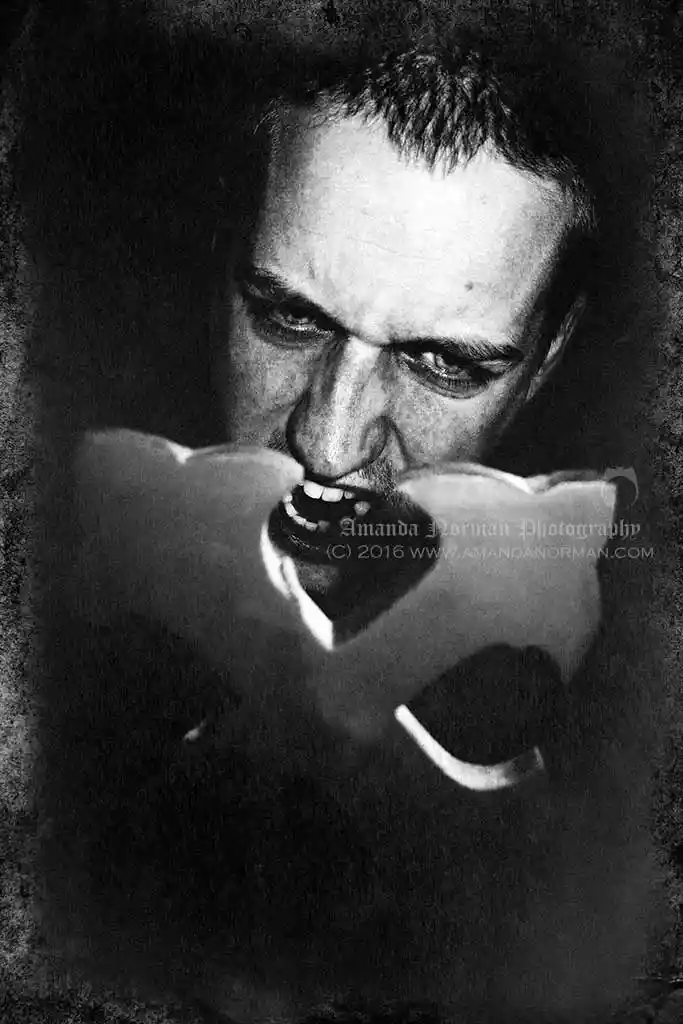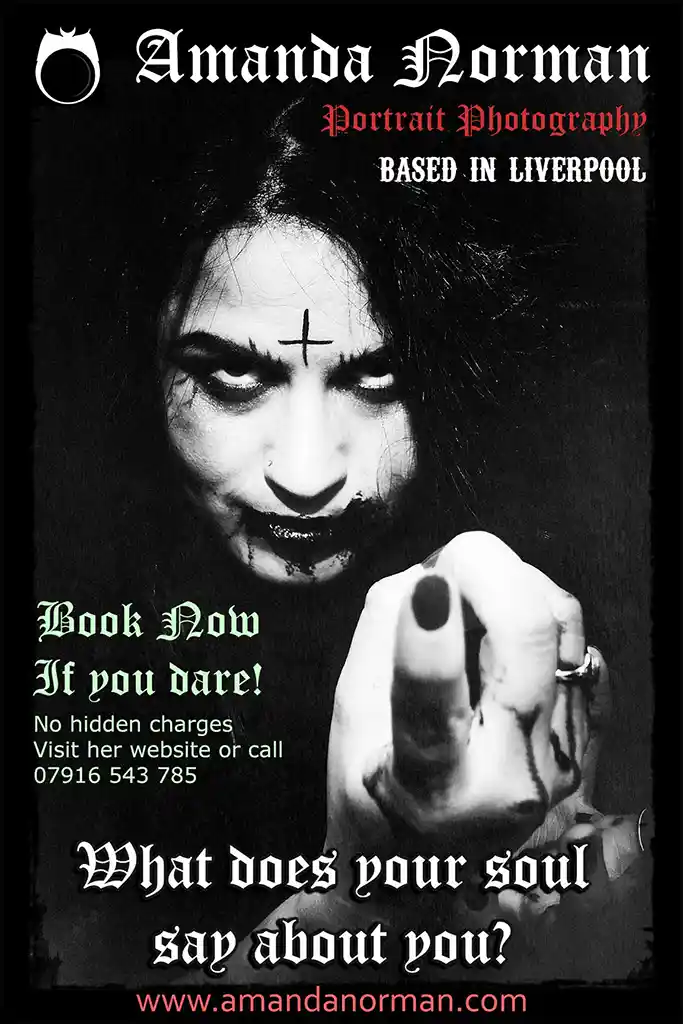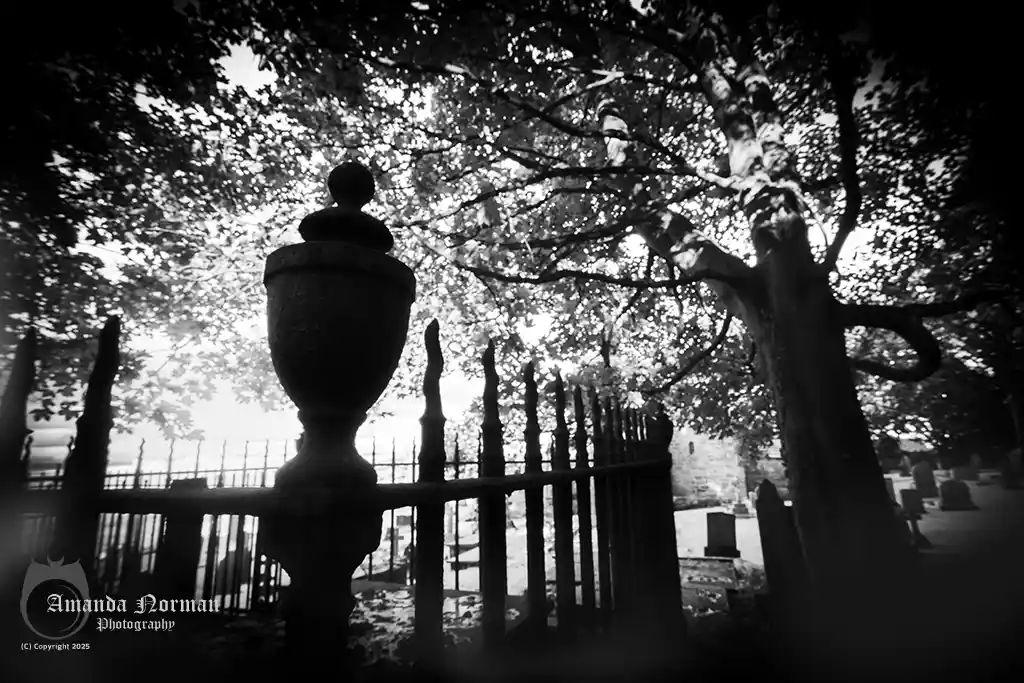Are you afraid of the unknown?
Moreover, are you intrigued by the tales of Gothic horror featuring ghosts, vampires, demons and more?
The unknown element of truth in the existence of what we cannot physically see, fires my imagination. Although we cannot see things such as spirits, some of you, including myself can certainly feel their presence. Therefore, what lurks in the unknown and in the shadows out of sight, can also be extremely terrifying.
Many great horror writers are successful masters of exploiting our fears. Two of my favourite horror writers include, Richard Laymon and Stephen King. They most certainly inspire my creative mind to evoke in you, a sense of fear, wonder and intrigue. Tobe Hooper is one of my favourite directors.

Let us begin delving into the unknown by looking at the existence of creatures that some believe do exist.
Take for example the superstitious belief of vampires preying on local communities. There are many accounts of vampires bringing illness and disease to villages.
The Highgate Vampire of London from the 1970’s was featuring in the press as a true account.
Also, another example of believing in the unknown comes from the Catholic church. They believe in demons possessing humans and therefore performing exorcisms.
Just as in Stoker’s time, the vampire of folklore is still alive today, especially in Romania.
Following the death of Petre Toma in December 2000, villagers believed his was a vampire spreading disease. As a result, they dug up his body, ripped his heart out and burned it. They then proceded to drink the ashes to ward off illness. Read the full story over at The Observer.
There are plenty more examples, but they all have something in common.
Accepting the Unknown
As humans, we cannot easily accept the unknown. We therefore seek answers however, if none are found, it can result in mass hysteria, which is also frightening. For example, mass hysteria of vampires was fuelled by a lack of knowledge.
The spread of diseases and how a body decomposes was unbeknown. Therefore, what could have been an outbreak of influenza, was attributed to something else that seemed plausible. For example, a person dies from an illness such as influenza. Within a week or so, more people are becoming ill, some dying. Perhaps this person is rising from their grave each night and taking the life of loved ones and other villagers?
When striking open the deceased’s coffin, they see the body swollen with fresh blood around the mouth. Mass hysteria breaks out within the village and everyone is inadvertently building a tale of a vampire.
Stories are a form of entertainment, but there is a difference with Gothic horror.
They all incorporate the possibility of truth. Also, such stories are renowned for provoking strong emotions such as fear, adrenaline and wonderment.
In fact, a very good ghost story will challenge our most basic emotions of fight or flight. However, we must be feeling a connection to the main characters. Therefore, a sprinkling of romance or sexual attraction are two feelings that most of us cherish and want. Temptation is hard to resist especially when you know that the lead character is evil. Dracula is a good example. Sometimes though, we are yearning for a happy ending. Without a doubt, the author has our attention and we are experiencing a full range of emotions.

My love of vampires
Dracula is very good at seducing his buxom beauties through the power of hypnotism and mind control. Some of you may find his power of seduction to be extremely attractive. Obviously, lots of people like to be dominant or submissive in the bedroom. Perhaps you are liking the idea of having commands and seeing how far it will go? Similary, you may have feelings of disgust and insecurity.

Personally, I absolutely love a good tale of vampirism without those damn bloody sparkles!
Storylines such as Dracula and Carmilla, are challenging your mind about your own sexuality and ideas surrounding it. This was especially true in the times that they were written.
Glimpses of Christopher Lee as Dracula sinking his teeth into the necks of scantily clad pretty girls are mesmerising. I suppose seeing it as a young child drew me in. Of course, I didn’t understand the sexual concept of what I was watching, but I was most certainly in awe.
One of the most frightening scenes I remember, was a beautiful vampire, gliding mysteriously through a smoke filled graveyard. It was beautiful and captivating. Unfortunately, my feelings of awe came to an abrupt ending following the sudden removal of her head!
This horrifying scene was accompanied with the crashing and imposing sound of uncomfortable music that started my heartbeat racing. Also, I don’t like the character of Dr. Van Helsing.
So, let us now explore some elements of truth that inspire these tales of Gothic horror.
There has to be some element of truth to make a horror story believable. It’s even better when a good old ghost story has a moral. Failing to heed its warning is a risk you are constantly contemplating, because the tempation of adventure is so great. Candyman, candyman, ca….
Gothic horror and the unknown
The banned video nasties of the late 1970’s and 1980’s were readily available when I was a teenager. Even though they were rated 18, we were watching and discussing them. A lot of them were based on a true story that instantly made watching them, a more terrifying experience.
- The Exorcist is based on a true story of an exorcism carried out in the 1940’s. A teenage boy and his aunt were both communicating with spirits using a Ouija board. Unfortunately, his aunt died and he continued using it. Eventually, a demon began possessing his body with terrifying results. The film and I’m talking about the original starring Linda Blair, is f**king terrifying. It’s that voice, the levitatation and her twisting head that thoroughly shocked the Hell out of me! Therefore, I have only watched this film once.
- Amityville Horror (1979) is based on a true story about the eldest son hearing voices. Were they spirit voices or voices in his head? As a result he shoots his parents and siblings. This movie terrified me!
Newlyweds and their three children move into a large house where a mass murder was committed. They start to experience strange, inexplicable manifestations which have strong effects on everyone living in or visiting the house.
IMDB – watch the trailer
- The Entity is guess what? Based on a true story. A woman is constantly being raped and beaten up by demons following a move to a new home. The house is supposedly haunted and in her past, she has used a Ouija board. Moreover, at the end of the film, it states that she’s still experiencing these attacks. I just can’t believe watching these movies at such an impressionable age.
- The Poltergeist movie, the original I might add as I hate remakes, was scary. There were so many rumours about actual poltergeist activity taking place during the filming. Furthermore, there are genunine untimely deaths of some of the cast that make if terrifying. No wonder when they used real skeletons for that swimming pool scene!
Poltergeist had a virulent filming session that led to the unfortunate and completely accidental deaths of several of the cast and crew, leading many to believe that the set was cursed because of the film’s use of real skeletons.
Movieweb.com
Mary Shelley and Frankenstein
Society influences writers and artists and they project their fears, experiences and emotional thoughts via their creative outlet. Take for example the facts that influenced Mary Shelley and her tale of Frankenstein
In the 17th to 18th centuries, grave robbers were digging up fresh corpses for the study of human anatomy. Doctors were paying for grave robbers to bring them fresh corpses. Shocking!
Of course, this was causing pain and fear for the relatives of the deceased. You can imagine the feelings of loved ones wondering about the abuse happening to their loved ones body. Also, imagine never knowing what happens to it and never finding it. How can the deceased or the living, ‘rest in peace’?
As a result, families went to great lengths to protect graves with the erection of watch towers, and installing mortsafes.
In 1780, Luigi Aloisio Galvani an Italian physician made an important discovery. An electric spark causes the muscles of a dead frog’s legs to twitch. You can see how this began influencing Shelley and her creation of Frankenstein.
in 1816, Lord Byron challenged the Shelley’s and his personal physician John William Polidori, to each write a ghost story. The one who writes the scariest tale, will be the winner. During their holiday, the group discussed the subject of giving life to the dead matter using electricity.

It is easy to see where Shelley drew her influences from to write Frankenstein. Let’s explore Bram Stoker’s influences for his creation of Dracula.
More Gothic Horror Facts
- Vlad the Impaler’s real name is Vlad Dracula.
- Dracul is Romanian for Devil and by adding an ‘a‘ onto the end denotes ‘son of‘.
- Vlad was a prince and ruler of Wallachia in the 15th century. History documents his cruel atrocities such as impaling his Turkish enemies and creating a forest with them
- The psychology of Sigmund Freud’s beliefs such as mind control and hypnotism were fresh. I always found this aspect of Dracula to be fascinating. The control he had over his victims and their devotion to such a monster is fascinating.
- Charles Darwin’s theory of evolution was also popular at this time. ‘On the Origin of Species’ was published in 1859. As a result, there was a degeneration in religious beliefs and also was causing a massive impact on societies concept of life
- Changes in society and technological advances were very much at the forefront when Stoker wrote Dracula. Women were starting to be more than just a loyal wife as seen with Mina using shorthand, a typewriter and being independent
- Victorian’s had a real fear of immigration from Eastern Europe. They believed it led to increased levels of crime and the creation of ghetto’s
- John William Polidori’s, ‘The Vampyre‘ was created in 1819. As a result, transforming the vampire of folklore into an aristocratic fiend, preying among high society
The unknown is no longer present
I don’t watch much modern horror these days.
In my opinion, the element of the unknown is no longer present.
Very few modern horror films these days, hold suspense and intrigue. Blood, guts, violence is plenty thanks to an overloading of CGI at the expense of a solid story line.
I really miss the Gothic horror films of long ago when the musical score, the acting, the script and genius of cinematography were key to making a great horror. Take for example the 1922 version of Nosferatu with Count Orlock’s shadow creeping up the staircase. Also, the films of Universal Horror, together with Hammer Horror were the masters of true horror.
I conclude with this!
Gothic horrors builds on a fear of the unknown and the element of truth. In addition, a sprinkling of romanticism that draws you in, makes a good Gothic horror film. Who needs CGI and special effects?
How the unknown inspires my Gothic Horror Photography
So this finally brings me to my Gothic horror photography.
Hopefully you now have a good insight into my inspiration and genuine fears, and what I hope to achieve with such images.
